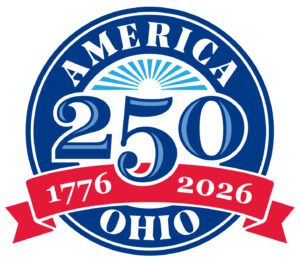
America 250-Ohio Presents the Revolutionary War Graves Identification Project
As we approach the 250th anniversary of American independence in 2026, America 250-Ohio and the Ohio History Connection invite you to take part in an inspiring statewide initiative: The Revolutionary War Veterans Graves Project.
In collaboration with the Ohio State Historic Preservation Office, Terracon Consultants, Inc., and local chapters of the Sons and Daughters of the American Revolution, this project seeks to identify, document, and map the final resting places of an estimated 7,000 Revolutionary War patriots buried in Ohio.
This is a unique opportunity to connect with Ohio's rich history and ensure that the sacrifices of these patriots are remembered for generations to come. Learn more about the project here or view our progress on the Live Results Dashboard.